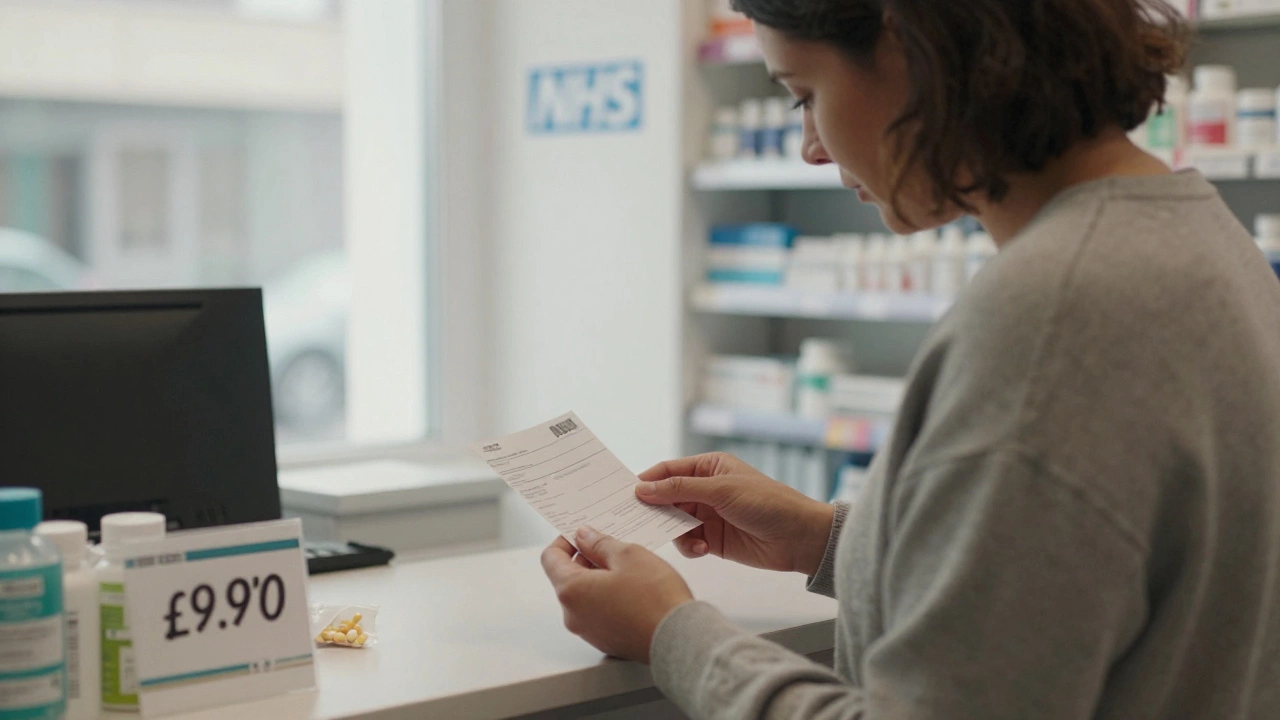NHS Costs: Simple Guide to What You Pay and Why in 2025
If you’ve ever wondered why a simple GP visit seems free while you hear about long waiting lists, you’re not alone. The NHS does not work like a private clinic where every service has a price tag. Instead, it’s paid for by taxes, and the money is spread across many services. Below we break down where the cash comes from, what you might still pay, and how private health fits into the picture.
How the NHS Gets Its Money
The biggest chunk of NHS money comes from general taxation – that’s the income tax you see on your payslip and the VAT added to purchases. The government collects this money each year and decides how much goes to health services. A smaller part comes from National Insurance contributions, which most workers pay in addition to income tax. These contributions are meant to protect you if you need long‑term care or unemployment support, but they also help fund hospitals and clinics.
Every year the Department of Health publishes a budget that tells how much will be spent on hospitals, mental health, prescriptions, and more. When the budget is tight, you’ll notice longer waiting lists or reduced services. That’s why political debates often focus on NHS spending – more cash generally means shorter waits and better equipment.
What Costs You Actually Pay
Most everyday visits to a GP or A&E are free at the point of use. However, there are a few things you still pay for. Prescriptions cost a flat fee in England – about £9 per item in 2025 – unless you qualify for exemption (students, seniors, or those on low income). In Scotland, Wales and Northern Ireland prescriptions are free, which is why you’ll see different costs across the UK.
Dental care and eye tests are another area where you may be charged. Standard NHS dental check‑ups start at around £23, and more complex procedures cost more. Optical services follow a similar pattern – a basic eye test is free for certain groups, otherwise it’s about £20‑£25.
Now, what about those waiting lists you keep hearing about? When demand outstrips capacity, you may be placed on a list for non‑urgent surgery or a specialist appointment. Waiting times vary by region and by the type of procedure. Articles like “NHS Waiting Lists: What You Need To Know in 2025” explain why these delays happen and how you can sometimes shorten them by opting for a private provider.
Speaking of private care, many people choose it to avoid long waits or to get a different hospital experience. Private health insurance costs about £100‑£150 a month in 2025, depending on age and coverage. It can give you quicker access to elective surgery, a private room, and a broader choice of doctors. However, it’s an extra expense on top of the taxes that already fund the NHS.
So, in a nutshell: the NHS is paid for by taxes and National Insurance, most services are free when you use them, but prescriptions, dental, and eye care may still cost you. Waiting lists appear when funding or capacity can’t keep up with demand, and private insurance is an optional way to speed things up if you’re willing to pay.
Understanding where the money comes from and what you might still pay helps you make smarter health choices. Keep an eye on the latest NHS budget announcements, and consider whether a private plan fits your needs and budget. That way you stay in control of your health and your wallet.
Is UK healthcare completely free? Here's what you actually pay for
The NHS provides free healthcare at the point of use, but prescriptions, dental care, and eye tests cost money in England. Learn what's truly free and where you'll still pay out of pocket.
Is Surgery Free in the UK? What You Need to Know About Healthcare and Costs
Wondering if surgery is really free in the UK? This article uncovers how the NHS covers surgery, where private care fits in, and what exceptions exist. Find out how residency and certain life situations affect your access and what costs might surprise you. Learn about waiting times, hidden fees, and insurance tips. Get straightforward advice on making the best choice for your health without worrying about your budget.
Do You Have to Pay Hospital Bills in the UK?
Navigating hospital costs in the UK can be confusing for those unfamiliar with the system. The NHS provides many services for free at the point of use, funded through general taxation. However, there are exceptions, such as prescription charges, dental services, and vision care. Understanding the intricacies of which services require direct payment and those covered by insurance or the NHS can be crucial for both residents and visitors.



